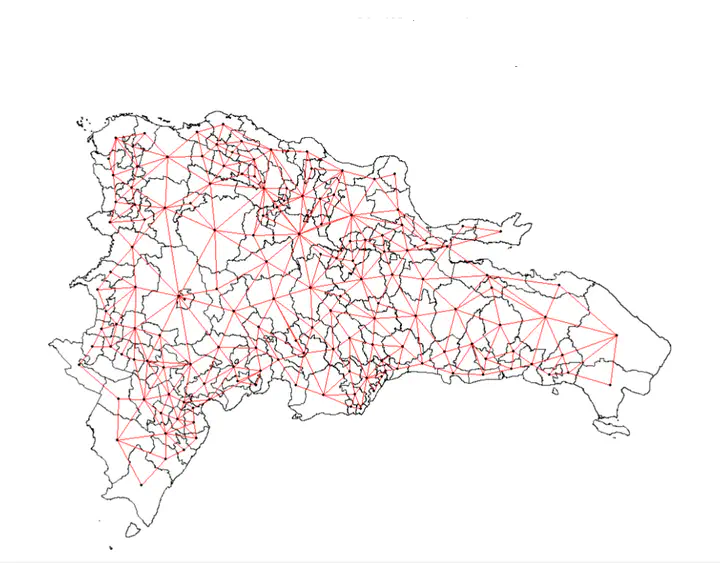Estimation of the Cost-Effectiveness Threshold of the Dominican Republic

Abstract
This paper presents an estimation of the cost-effectiveness threshold (CET) for the Dominican Republic using administrative data. Leveraging the fine-grainedness of the data, we can use the variation of health expenditures and their outcomes at the disease group, geographical unit, and year level. To better portray the expenditure’s incidence on health, we evaluate the impact of these expenditures on health by considering the disability-adjusted life years (DALYs) lost, which considers the estimated quality of life and the burden of disease. To ensure a reliable CET estimation, we address the endogeneity issue between health expenditure and outcomes through an instrumental variable (IV) design. Specifically, we use the variation in expenditure levels in neighboring states for a specific disease and a given year as an instrument. To our knowledge, this is the first paper to estimate the CET using a geographic IV design. Our findings suggest that the CET for the Dominican Republic ranges from 26% to 32% of the 2016 GDP per capita.